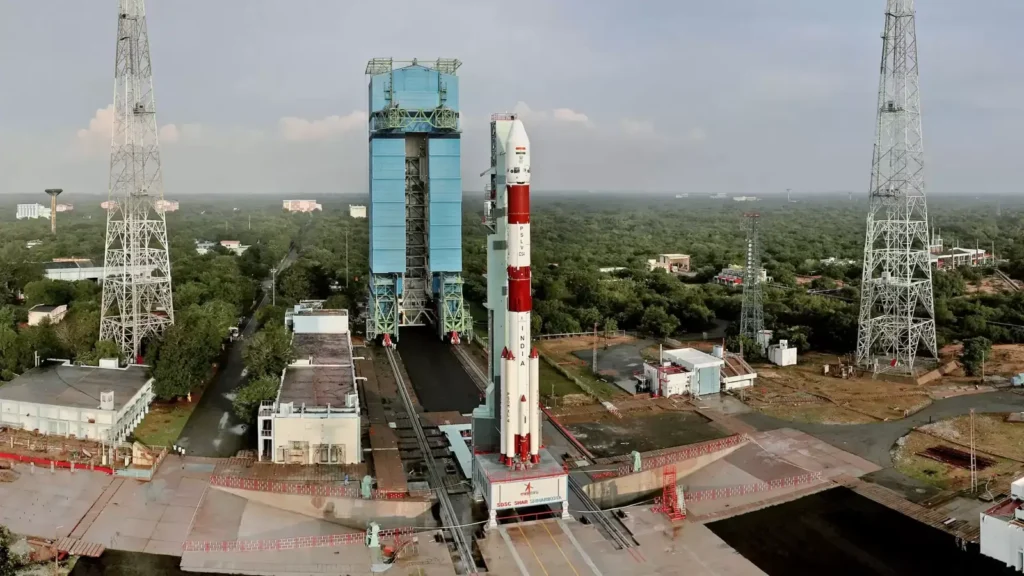What is the full form of PSLV?
The PSLV full form is Polar Satellite Launch Vehicle. ISRO created and operates this Indian expendable launch vehicle (Indian Space Research Organization). to read more about PSLV read this article carefully. It is India’s first liquid-stage satellite launch vehicle and its third-generation launch vehicle. India was able to launch its IRS (Indian Remote Sensing) satellites into Sun-synchronous orbits using PSLV. Additionally, it can launch smaller satellites in GTO (geostationary transfer orbit).
- In October 1994, PSLV made its maiden successful launch.
- On February 15, 2017, India launched 104 satellites into sun-synchronous orbit using PSLV.
- Through June 2022, PSLV has launched 345 foreign satellites.
- In addition, it has launched two spacecraft: Chandrayan-1 (2008) and Mars Orbiter (2013). Eventually, these spacecraft traveled to the Moon and Mars, respectively.
Read Other Full Forms
PSLV characteristics
The primary PSLV specifications are shown below.
- The vehicle’s height is 44.4 meters.
- The diameter of the automobile is 2.8 meters.
- The launch mass is 320 tons.
- There are four stages.
- These are PSLV-CA, PSLV-DL, PSLV-QL, and PSLV-XL.
- The maiden launch of the vehicle occurred on September 20, 1993.

PSLV technical specifications
- PSLV is referred to as “the Workhorse of ISRO” since it routinely launches several satellites into Low Earth Orbits.
- At an altitude of 600 kilometers, up to 1,750 kilograms of cargo can be delivered to the Sun-Synchronized Polar Orbits.
- The PSLV-XL version’s first stage is equipped with six solid rocket strap-on engines to increase thrust.
- It is a four-stage launch vehicle with solid and liquid propulsion systems, i.e., solid rocket engines are employed in the first and third stages. On the other hand, liquid rocket engines are utilized during the second and fourth stages.
- PS1 (First stage) – The S139 solid rocket motor and six solid strap-on boosters comprise the first stage. The greatest thrust produced by this method is 4,800 kN.
- PS2 (Second Stage) — For the second stage of the PSLV, a liquid rocket engine that can be stored on Earth was utilized. It is acknowledged that Liquid Propulsion System Centre is developing the Vikas engine. 799 kN is the maximum thrust produced.
- PS3 (Third stage) – Following the atmospheric phase, a solid rocket motor provides the upper stages with the necessary thrust. The maximum thrust generated is 240 kN.
- PS4 (Fourth Stage) is the final stage of PSLV. It features two liquid engines with storage on Earth. This method generates a maximum thrust of 7,3 x 2 kN.

